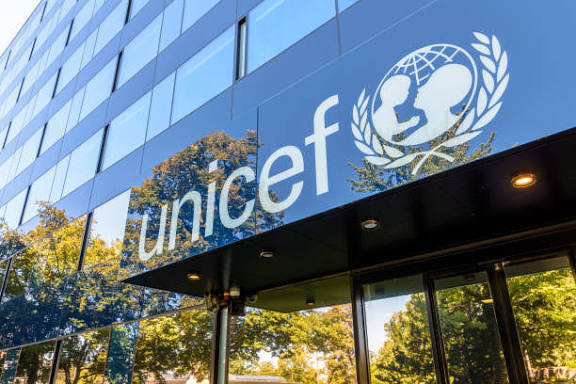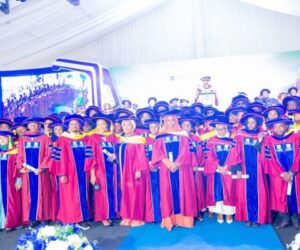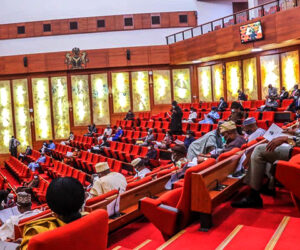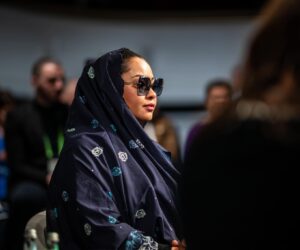The United Kingdom Government, in collaboration with the United Nations Children’s Fund (UNICEF), has launched a £19 million initiative to build climate-resilient schools and health facilities in seven states across Nigeria, including Kano and Jigawa.
The project, known as the Climate Resilient Infrastructure for Basic Services (CRIBS), is funded through the UK’s Foreign and Commonwealth Development Office (FCDO).
It aims to strengthen essential services against climate shocks such as floods, heatwaves, and storms.
SPONSOR AD
Speaking at the commissioning of an upgraded primary school in Wangara and a primary health facility in Gofaro, Gezawa Local Government Area of Kano, UNICEF’s Country Representative in Nigeria, Wafaa Saeed, said the programme was designed to provide children and families with safe spaces to learn, grow, and access care.
“The inauguration of these facilities is more than just the handover of buildings. It is a promise kept to children, families and communities who deserve safe spaces to learn and receive care,” Saeed said.
She disclosed that since last year, UNICEF had upgraded 55 facilities in Kano and Jigawa alone—27 health centres and 28 schools—using climate-smart solutions such as improved natural ventilation, flood-resistant structures, and solar power systems.
“These changes mean cooler classrooms and clinics, reliable electricity, and services that continue even when the weather turns against us,” she added.
Cynthia Rowe, Development Director at the British High Commission in Nigeria, described the UK’s support as a testament to its commitment to strengthening basic services in Nigeria. She noted that the CRIBS programme was developed through a partnership of global and local organisations including the Federal Government, World Bank, WHO, Sextant Foundation, JigSaw, and UK Lafiya Programme.
Receiving the facilities on behalf of Governor Abba Kabir Yusuf, Kano’s Commissioner for Education, Ali Haruna Makoda, thanked the donors and urged communities to safeguard the projects. He revealed that the upgraded school, established in 1963 and serving nearly 4,000 pupils, was rehabilitated alongside the health centre at a combined cost of ₦200 million.








